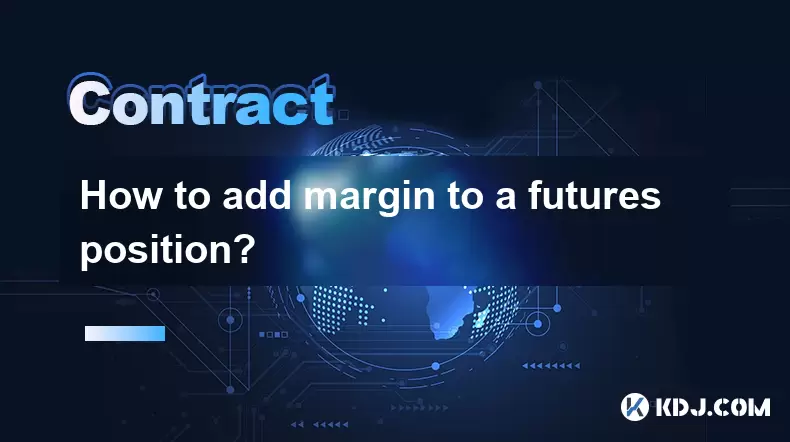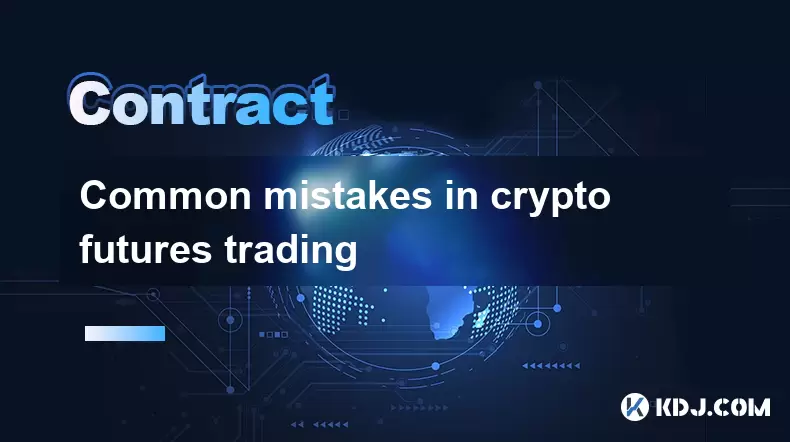-
 Bitcoin
Bitcoin $118800
0.58% -
 Ethereum
Ethereum $3813
6.89% -
 XRP
XRP $3.529
2.75% -
 Tether USDt
Tether USDt $1.000
-0.01% -
 BNB
BNB $755.1
3.06% -
 Solana
Solana $183.0
2.98% -
 USDC
USDC $0.9997
-0.01% -
 Dogecoin
Dogecoin $0.2670
9.75% -
 Cardano
Cardano $0.8748
5.90% -
 TRON
TRON $0.3192
0.08% -
 Hyperliquid
Hyperliquid $47.26
5.01% -
 Stellar
Stellar $0.4763
2.59% -
 Sui
Sui $4.001
5.68% -
 Chainlink
Chainlink $19.68
8.62% -
 Hedera
Hedera $0.2796
3.70% -
 Bitcoin Cash
Bitcoin Cash $550.9
9.05% -
 Avalanche
Avalanche $25.39
6.47% -
 Shiba Inu
Shiba Inu $0.00001557
5.68% -
 Litecoin
Litecoin $117.7
15.59% -
 UNUS SED LEO
UNUS SED LEO $8.975
-0.11% -
 Toncoin
Toncoin $3.315
4.44% -
 Polkadot
Polkadot $4.581
7.41% -
 Uniswap
Uniswap $10.84
7.11% -
 Pepe
Pepe $0.00001451
10.27% -
 Ethena USDe
Ethena USDe $1.001
0.00% -
 Monero
Monero $327.5
0.06% -
 Bitget Token
Bitget Token $5.018
2.63% -
 Dai
Dai $0.9999
0.00% -
 Aave
Aave $334.4
5.21% -
 Bittensor
Bittensor $432.3
3.73%
How to add margin to a futures position?
Adding margin to a crypto futures position increases collateral, lowers liquidation risk, and requires careful management to avoid over-leveraging or unnecessary fund allocation.
Jul 20, 2025 at 02:28 pm

Understanding Margin in Futures Trading
In the world of cryptocurrency futures trading, margin refers to the collateral that traders must deposit to open and maintain leveraged positions. Adding margin to a futures position means increasing the amount of funds allocated to support that position, which helps reduce the risk of liquidation. Understanding how margin works is essential before attempting to add to it.
Each futures contract requires a certain percentage of the total position value as margin. This is known as the initial margin. Once the position is open, a maintenance margin must be maintained to keep the trade active. If the account equity falls below this level, a margin call occurs, and additional funds must be added to bring the margin back to the required level.
Steps to Add Margin to a Futures Position
Adding margin to an open futures position is a straightforward process, but the exact steps can vary slightly depending on the platform. Below is a general guide applicable to most major cryptocurrency exchanges:
- Log in to your trading account on the exchange where the futures position is open.
- Navigate to the futures section and locate the open position you want to adjust.
- Click on the 'Adjust Margin' or similar option associated with that position.
- Enter the amount of margin you wish to add, either manually or by selecting from preset options.
- Confirm the transaction to allocate additional funds to the margin balance.
Some platforms allow for automatic margin adjustments, which can be useful in volatile markets. It is crucial to double-check the amount before confirming, as incorrect entries can lead to unnecessary fund allocations.
Manual vs. Auto-Adjust Margin Options
Most exchanges offer manual and auto-adjust margin options. With manual margin adjustment, users have full control over how much margin is allocated to each position. This method is preferred by experienced traders who closely monitor their positions and want to manage risk actively.
On the other hand, auto-adjust margin allows the platform to automatically add a predefined amount of margin when the position approaches the liquidation level. While this feature can prevent unexpected liquidations, it may also result in over-allocation of funds, reducing the available balance for other trades.
Users should carefully evaluate their trading strategy and risk tolerance before choosing between these options. Beginners may benefit from enabling auto-adjust, while advanced traders often prefer manual control for better fund management.
Impact of Adding Margin on Liquidation Price
Adding margin directly affects the liquidation price of a futures position. The liquidation price is the price at which the exchange automatically closes the position to prevent further losses. By increasing the margin, traders effectively push the liquidation price further away from the current market price, reducing the risk of being liquidated during market swings.
For example, if a long position has a liquidation price at $30,000 and the current price is $32,000, adding more margin could move the liquidation level down to $28,000. This gives the position more room to withstand downward price movements without triggering a liquidation.
It is important to note that while increasing margin reduces liquidation risk, it does not eliminate it entirely. Traders should still use stop-loss orders and closely monitor their positions, especially during high volatility.
Margin Adjustment on Popular Exchanges
Different exchanges have varying interfaces and options for adjusting margin. Here is a breakdown of how to add margin on some of the most popular cryptocurrency derivatives platforms:
Binance Futures
- Go to the "Positions" tab.
- Find the relevant futures contract.
- Click on "Add/Reduce Margin" and input the amount.
- Confirm the change.
Bybit Derivatives
- Open the "Positions" section.
- Select the position and click "Margin Change."
- Choose the desired amount and submit.
OKX Futures
- Navigate to "Futures Account" and select "Margin Mode."
- Choose the contract and adjust the margin accordingly.
Each platform may have additional settings such as cross margin or isolated margin, which determine how margin is applied across positions. Traders should understand these settings before making adjustments.
Common Mistakes When Adding Margin
Many traders make avoidable mistakes when managing margin on futures positions. One of the most common errors is adding too much margin unnecessarily, which ties up capital that could be used for other trades. Another mistake is ignoring the margin type, such as cross vs. isolated, which can impact how liquidation works.
Some traders also fail to monitor their positions after adding margin, assuming that the increased margin will fully protect them from losses. However, if the market moves significantly against the position, even a higher margin may not prevent liquidation.
Lastly, not understanding the fee structure associated with margin adjustments can lead to unexpected costs. Some platforms charge fees for frequent margin changes, which can eat into profits over time.
Frequently Asked Questions
Q: Can I reduce margin after adding it to a futures position?
Yes, most platforms allow users to either add or reduce margin on open positions. However, reducing margin may bring the position closer to the liquidation level, so it should be done cautiously.
Q: Is there a limit to how much margin I can add?
Each exchange sets its own limits based on account tier, leverage used, and overall risk management policies. Users should check the specific rules of their platform.
Q: What happens if I don't add margin when a margin call is issued?
If a margin call is ignored, the exchange may automatically liquidate the position to cover potential losses. This typically occurs when the account equity falls below the maintenance margin requirement.
Q: Can I add margin using a different cryptocurrency than the initial deposit?
Most exchanges require margin to be added in the same asset as the initial margin. However, some platforms allow margin to be added using stablecoins or other supported assets, depending on the contract.
Disclaimer:info@kdj.com
The information provided is not trading advice. kdj.com does not assume any responsibility for any investments made based on the information provided in this article. Cryptocurrencies are highly volatile and it is highly recommended that you invest with caution after thorough research!
If you believe that the content used on this website infringes your copyright, please contact us immediately (info@kdj.com) and we will delete it promptly.
- Iron Maiden: Music Legends Celebrate 50 Years with Royal Mint Coin
- 2025-07-21 00:30:13
- BlockDAG, TIA, LTC: Unveiling the Latest Crypto Buzz
- 2025-07-21 00:50:12
- Ethereum Layer-2 Meme Coins: Little Pepe's Big Leap?
- 2025-07-21 00:30:13
- MoonBull, Crypto, and BOME Gains: Riding the Meme Coin Wave to 100x?
- 2025-07-21 00:50:12
- Bitcoin, ETH, and the Trader Target: Decoding the Crypto Landscape
- 2025-07-21 01:10:14
- Solana's TVL Growth: Riding the Cryptocurrency Wave
- 2025-07-21 01:10:14
Related knowledge

What is a maker vs a taker fee?
Jul 19,2025 at 01:14am
Understanding the Basics of Cryptocurrency Exchange FeesIn the world of cryptocurrency trading, maker vs taker fees are a fundamental concept that eve...

How to analyze Bitcoin futures data from CME?
Jul 19,2025 at 05:22pm
Understanding Bitcoin Futures on CMEBitcoin futures on the CME Group (Chicago Mercantile Exchange) represent a regulated financial instrument that all...

Common mistakes in crypto futures trading
Jul 20,2025 at 09:56pm
Overleveraging Without Risk ManagementOne of the most common mistakes in crypto futures trading is overleveraging. Traders often believe that using hi...

How to understand the liquidation price?
Jul 19,2025 at 10:00pm
What Is a Liquidation Price in Cryptocurrency Trading?In the realm of cryptocurrency futures and margin trading, the liquidation price refers to the s...

What is the maximum leverage for Bitcoin futures?
Jul 20,2025 at 03:42pm
Understanding Leverage in Bitcoin FuturesLeverage in Bitcoin futures refers to the use of borrowed capital to increase the potential return on investm...

What is time in force (GTC, IOC, FOK)?
Jul 19,2025 at 08:57am
Understanding Time in Force in Cryptocurrency TradingIn the world of cryptocurrency trading, the Time in Force (TIF) is a crucial parameter that deter...

What is a maker vs a taker fee?
Jul 19,2025 at 01:14am
Understanding the Basics of Cryptocurrency Exchange FeesIn the world of cryptocurrency trading, maker vs taker fees are a fundamental concept that eve...

How to analyze Bitcoin futures data from CME?
Jul 19,2025 at 05:22pm
Understanding Bitcoin Futures on CMEBitcoin futures on the CME Group (Chicago Mercantile Exchange) represent a regulated financial instrument that all...

Common mistakes in crypto futures trading
Jul 20,2025 at 09:56pm
Overleveraging Without Risk ManagementOne of the most common mistakes in crypto futures trading is overleveraging. Traders often believe that using hi...

How to understand the liquidation price?
Jul 19,2025 at 10:00pm
What Is a Liquidation Price in Cryptocurrency Trading?In the realm of cryptocurrency futures and margin trading, the liquidation price refers to the s...

What is the maximum leverage for Bitcoin futures?
Jul 20,2025 at 03:42pm
Understanding Leverage in Bitcoin FuturesLeverage in Bitcoin futures refers to the use of borrowed capital to increase the potential return on investm...

What is time in force (GTC, IOC, FOK)?
Jul 19,2025 at 08:57am
Understanding Time in Force in Cryptocurrency TradingIn the world of cryptocurrency trading, the Time in Force (TIF) is a crucial parameter that deter...
See all articles

























































































